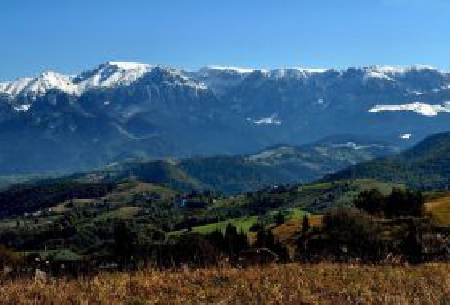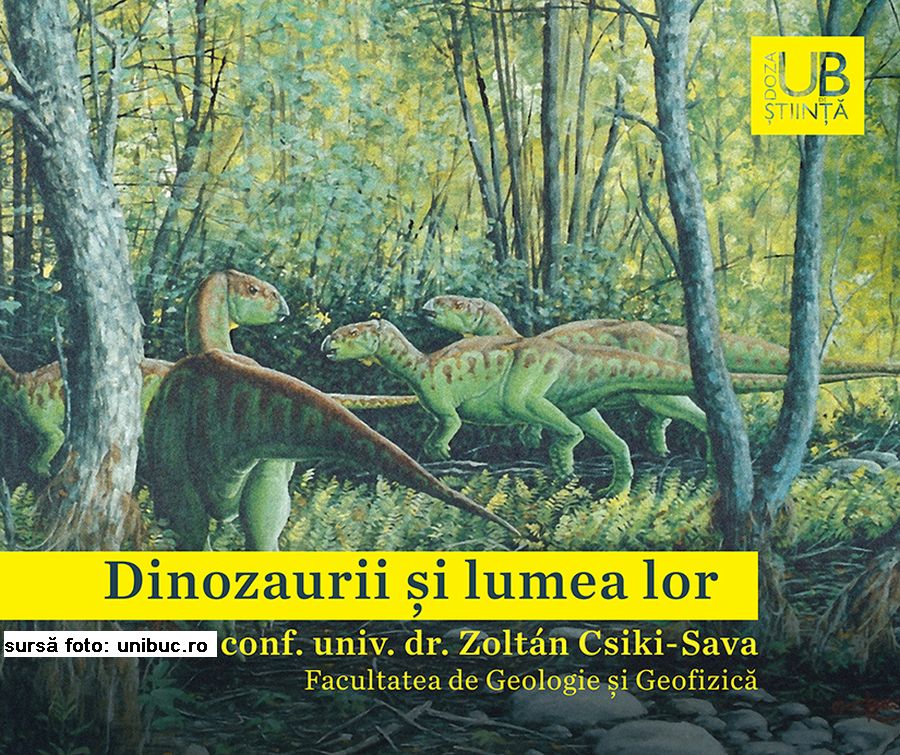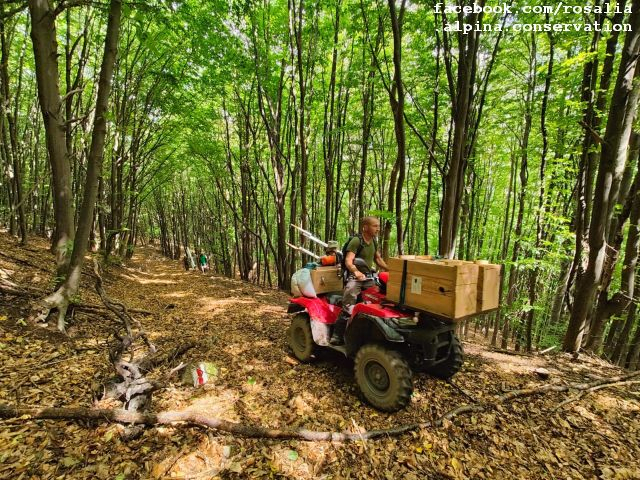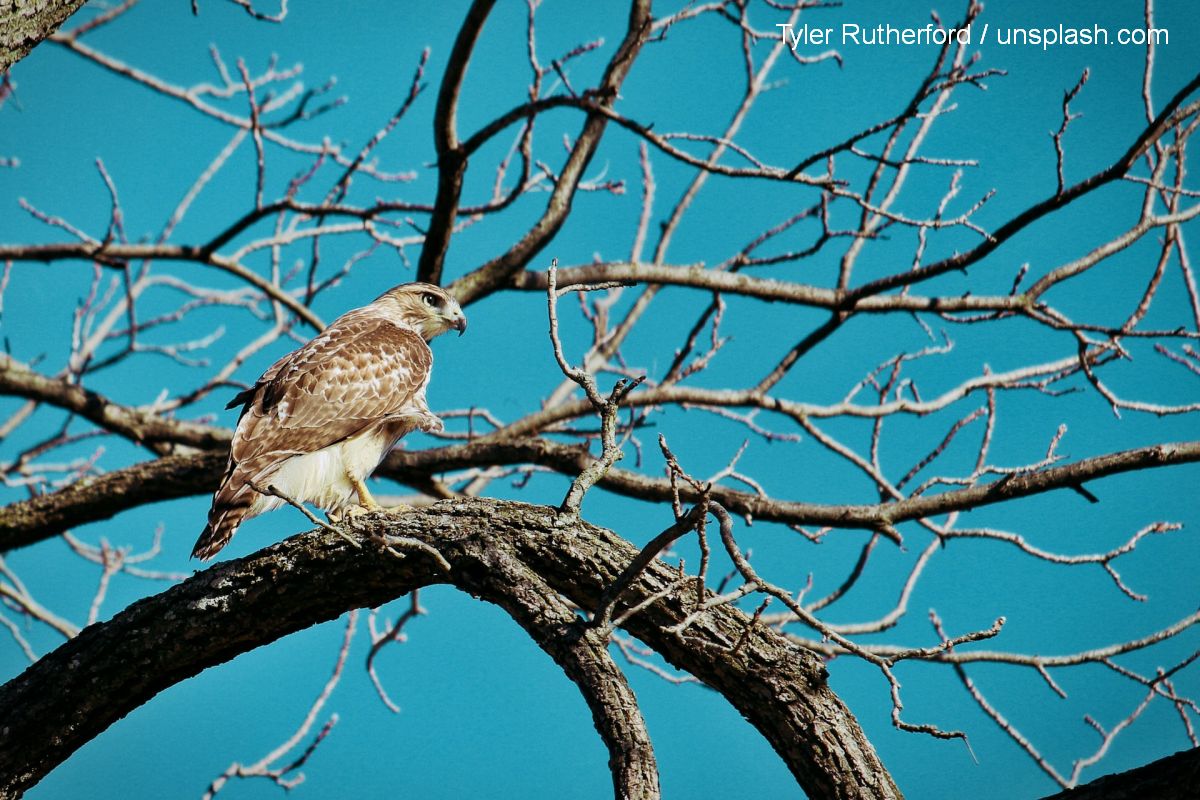The Bucegi Nature Park
The Bucegi Nature Park, located in the Bucegi Mountains in the Southern Carpathians, is a protected area of European interest, included in the Natura 2000 Site. Established in 1974, the park spans 32,600 hectares, boasting rich geographical features.

Eugen Cojocariu, 29.04.2012, 17:22
The Bucegi Nature Park, located in the Bucegi Mountains in the Southern Carpathians, is a protected area of European interest, included in the Natura 2000 Site. Established in 1974, the park spans 32,600 hectares, boasting rich geographical features.
Its geological structure and altitude of over 2,500 meters have allowed for rich flora and fauna to flourish here. Many of the species found here are currently protected by law. Horia Iuncu, head of the Bucegi Nature Park administration, told us more about the biodiversity in this area.
“The Bucegi Massif is home to some 3,500 species of plants and roughly as many species of animals, which amounts to some 35 percent of the species found on the entire territory of Romania. Plants include species usually found at high altitudes, such as the edelweiss and rhododendron, which gives mountain slopes a reddish color early in the summer, especially in the Piatra Arsa and Busoiu areas. We also find Swiss pine, European larch, European beech and fir trees. The mountains are also home to virgin forests. There is also a rich fauna here, which includes the chamois, also featured on the park seal. Other animals include bears, deer and the Capercaillie. These are all valuable species that we’re trying to protect.”
Gorges, caves, the Caraiman Cross, curiously shaped rocks, the wonderful Ialomita Valley and the forest surrounding the massif make this area one of the most picturesque in the entire country. Strangely shaped rock formations are believed by geologists to be the result of erosion, while local legends say giants came down from other worlds and carved their faces in stone.
Except for Russia, Romania is the European country with the largest bear population. Most of them are found in the Southern Carpathians, where tourism has developed at a fast rate. Unfortunately, tourist facilities were built in an area once untouched by man. Deforestation had the biggest impact, reducing bear habitats. With the increasing demand for berries, man has again disturbed the bears’ habitat and food sources. Due to a yearly increase in the numbers of both tourists and bear population, bear sightings and encounters are virtually inevitable, and more often than not result in fatal accidents.
The Bucegi Nature Park has been given EU funding to finance a project aimed at preserving the natural habitat of the brown bear and diminishing direct conflicts with humans. The project includes a census of bear numbers, which involves capturing bears, putting them to sleep, and installing GPS equipment aimed at monitoring bear activity. The project, with a budget of 175.000 euros, has so far been implemented up to 75% and is due to end in 2012. This is but one of many ongoing projects. To ensure a civilized tourism in a protected area, local authorities have managed to attract another 4.2 million euros in a project designed to optimize tourism management by enhancing the infrastructure in the Bucegi Nature Park, as part of the Natura 2000 programme. Horia Iuncu has more:
“An important activity consists in setting up a visiting center near the cable railway station in the town of Busteni, a major hub of tourist itineraries of all sorts, whether by cable or on footpaths. This project kicked of earlier this summer and is slated to end in the autumn of 2014. A total of 7 themed footpaths will be set up, linking the main areas of tourist interest in terms of biodiversity: moorlands, nature monuments such as the Babele or the Sphinx, the Urlatoarea waterfall, which is well-known among Romanian tourists. Moreover, the project provides for monitoring the habitats vulnerable to human activities, namely habitats situated in tourist areas or close to human settlements, which have had an ever higher negative influence. Moreover, an information center will be set up in the village of Moroieni, where we have our headquarters, which will ensure a better management of all tourist activities south of the park, an area that is developing at present, and where we had no such facilities before”.
In wintertime, tourists come to Bucegi Mountains particularly to ski. While some tourists opt for this seasonal activity, others make use of cable transport facilities to get to the highest peaks of Bucegi mountains, where they can catch a glimpse of the snow-coated landscape, both in the city of Sinaia as well as in Busteni.






























